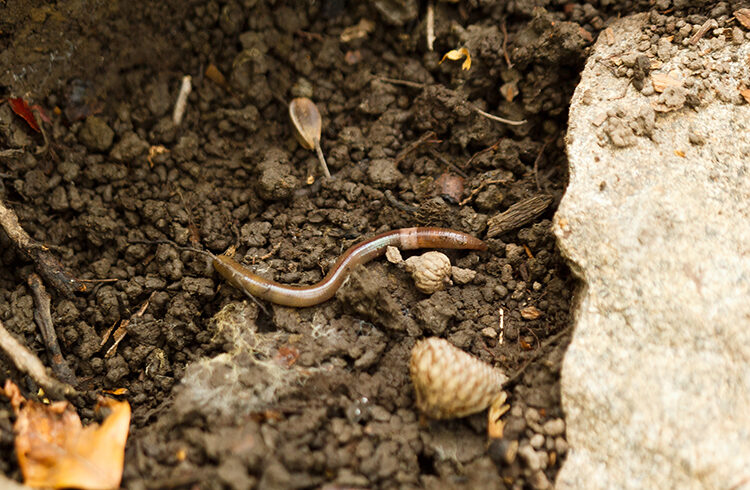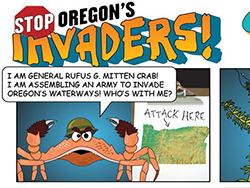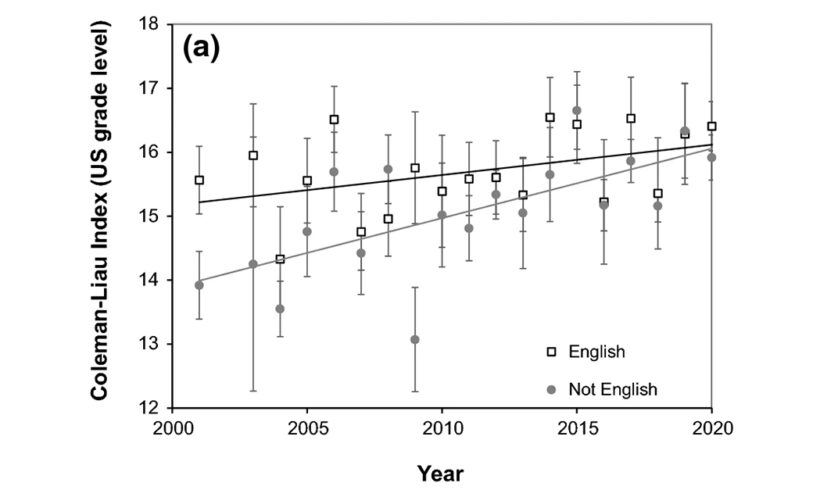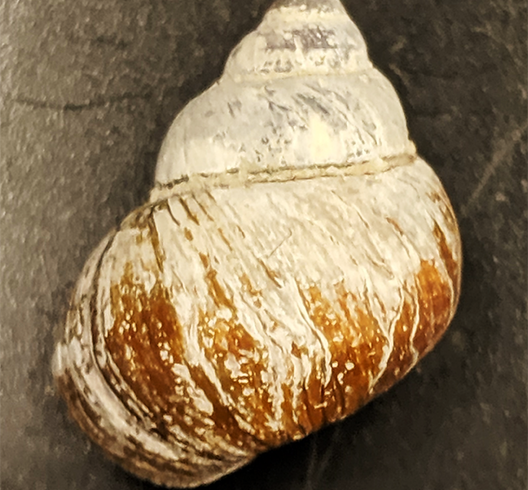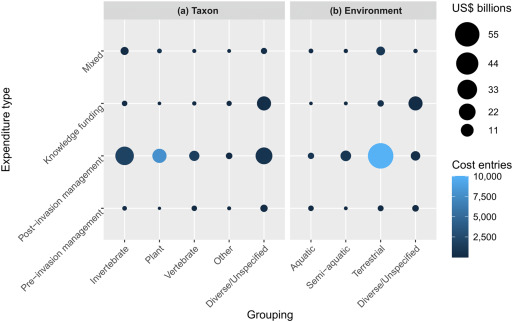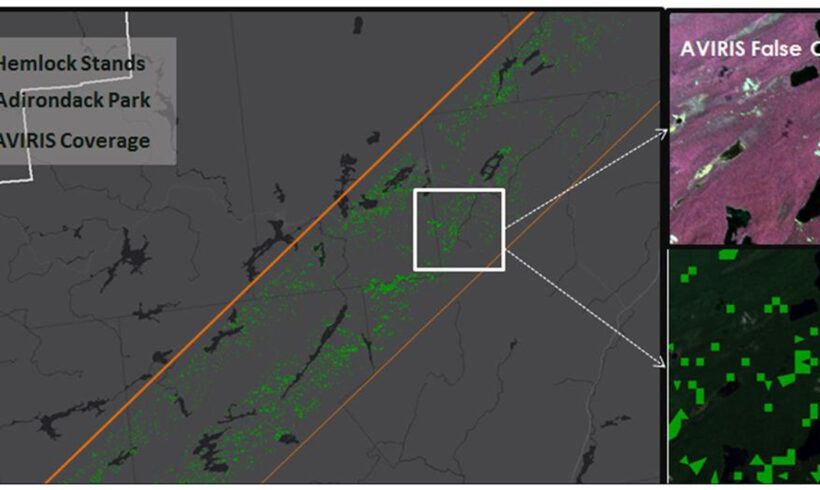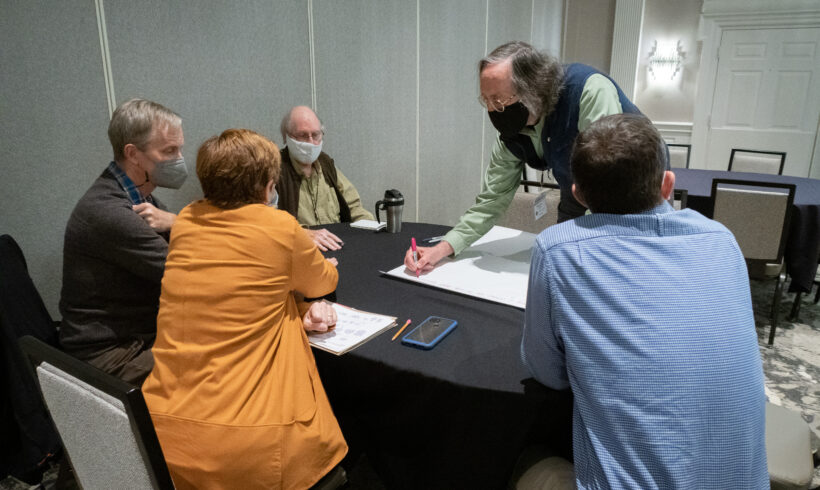Can invasive worms serve as food for native species? How do they alter leaf litter microhabitat? New research offers insight into the potential effects and trophic interactions of jumping worms (Amynthas spp.) and native reptiles and amphibians.

New York Invasive Species Research Institute
Archive for category: Research Summaries
A problem of metaphors: Rethinking invasive species education
How can we better structure invasive species messaging to build environmental literacy in ethical decision-making? Process-oriented storytelling may offer a more productive approach for educational programming in the United States.
A Place to Pool Data on Potential Plant Invasions
Public gardens are in a unique position to form a sentinel network to aid in detecting potential invasive species. This study informs how public gardens can collectively contribute data for potential new invaders.
Readability Gap in Biological Invasions Research
How accessible is invasive species literature? A detailed analysis of the leading journal, Biological Invasions, points to a decline in readability for key stakeholders over two decades.
Mystery solved? DNA barcoding reveals new snail in Adirondacks
How do we make use of new and existing technologies for early detection of aquatic invasive species? This study demonstrates how DNA barcoding can aid in identification of non-indigenous mollusks from New York’s waterways.
Emerging from the forest: invasive plant removal impacts on salamanders
With Spring setting in, plants are not the only thing emerging from the forest floor. Many frog and salamander species are on the move, but how might invasive plant management impact these ecologically important taxa?
The costs of inaction: Global invasive species spending reveals lack of proactive management
Using the InvaCost database, this study reports the most up-to-date and exhaustive overview of global spending for invasive species management, revealing important insights into spending trends and the cost of inaction.
Building more inclusive conservation science and practice
In recognition of black history month, we are sharing an important paper that reflects on how we can construct a more equal, inclusive, and socially just conservation field.
Sensing the need to bridge the research-practice divide for invasive species detection and monitoring
A team of researchers and practitioners tackles the disconnect between research and application in the field of remote sensing for invasive species, summarizing 40+ years of literature and experience.
An approach that TIEs together actionable research and management | Research summary
To round out the year, we’re sharing an approach that TIEs together actionable research with invasive species management and policy decisions, called Translational Invasion Ecology (TIE).

